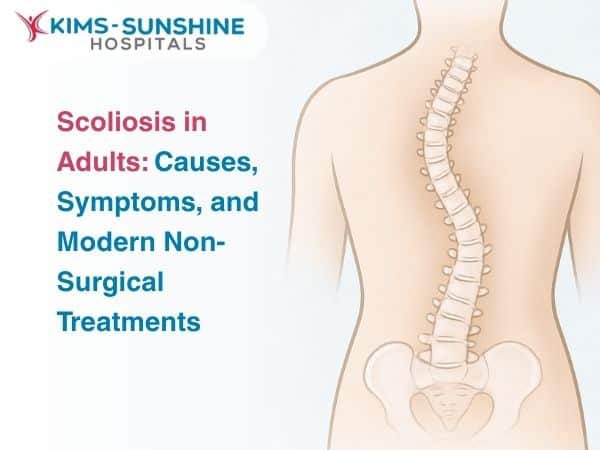
Ankylosing Spondylitis: Understanding This Chronic Inflammatory Spine Condition

There are over hundreds of different types of arthritis and ankylosing spondylitis is one such condition that is chronic and affects the spinal cord. It tends to affect the sacroiliac joints the most – which is the spot where the spine merges at the pelvis. This joint is one of the most important joints in the body- as it helps you move, turn or shift your hips throughout. But, ankylosing spondylitis can also occur in other joints – like the shoulder, knee or hips respectively. Since it is a type of arthritis, it can cause symptoms like pain, inflammation and stiffness. Though incidence is pretty low in the subcontinent, it is worth learning more about this condition. More men suffer from this condition, when compared to women, though the exact reason is not known. It has been hypothesized that it may be due to greater presence of the HLA-B27 gene in the male population and subtle differences in immune system function between the sexes.
Symptoms Of Ankylosing Spondylitis
Some of the most commonly felt symptoms include the following
- Pain in your hip and butt
- Having neck pain or even abdominal pain in some cases.
- Some people may notice pronounced stiffness in the hip or lower back in the morning or after a long period of inactivity.
- Some people may have nausea, vomiting or may lose weight too.
- Very rare cases present with vision changes.
Causes And Risk Factors (HLA-B27 Gene)
Though there are many mutations that can lead to AS, the HLA-B27 gene mutation has been very well studied and it is present more in males than in females. This is also why more males present with inflammatory disorders when compared to women. AS in general is an autoimmune condition, like rheumatoid arthritis, colitis etc. and you may develop other immune related conditions too.
Risk factors include being male, having a close relative with the condition or if you already suffer from an autoimmune disorder.
Diagnosis Of Ankylosing Spondylitis (X-Ray, MRI)
Since there is a genetic component to this condition, some doctors may recommend blood tests to check for the presence of the HLA-B27 antigen. But a positive test does not always mean that you will suffer from ankylosing spondylitis for sure. A physical exam is done by a rheumatologist (a doctor who specialises in treating autoimmune conditions like these). Detailed imaging can be done too, to ascertain the extent of damage- which can be in the form of fused vertebrae, spiral fractures of the spine, kyphosis, osteoporosis, nerve damage etc.
Treatment for Ankylosing Spondylitis
Medications will be prescribed to help you with the pain and inflammation. But, many of them cannot be taken for a long time. Biologics can help stop the progress of the disease, at times. Corticosteroids will be given if there is too much pain. Cortisone can be injected into the affected joint, to help provide relief. Surgery is not recommended, unless fusion of the vertebrae is very severe and you have other problems that affect the quality of your daily life.
Conclusion
Living with ankylosing spondylitis is totally possible, if you learn how to understand the severity of your symptoms and understand how to manage them, in the long term. Since it is an autoimmune condition, you may have periods of time where symptoms are bad (a flare up) or you may feel normal at other times (in remission). Ankylosing spondylitis is a chronic condition that may or may not affect you often, but talk to an experienced rheumatologist for more insight into this condition.






